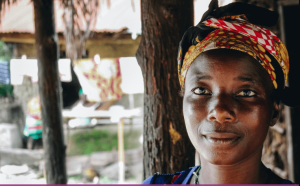Situation
The interventions from WorldFish aimed at reducing the barriers between smallholder aquaculture farmers and access to improved aquaculture practices, inputs (feeds and seeds) and output (markets chains) in Zambia’s aquaculture value chain and food systems.
Solution
The study employed a mixed-methodology design to analyse both qualitative and quantitative data; however, the two datasets were analysed separately. Data collection methods included the use of survey questionnaires, key informant interviews (KII), and focus group discussions (FGDs). For sampling, a multi-staged sampling technique was used to provide flexibility in anticipation of farmers’ unavailability due to the farming season and the seasonal rains during fieldwork. Enumerators were locally recruited with the help of a country-based FIFE evaluation consultant, ensuring they were well-trained for the fieldwork. In terms of data processing and analysis, the quantitative data were analysed using Microsoft Excel, STATA, and SPSS software, while the qualitative notes from the FGDs and KIIs were uploaded to ATLAS.ti and MAXQDA software for analysis.


